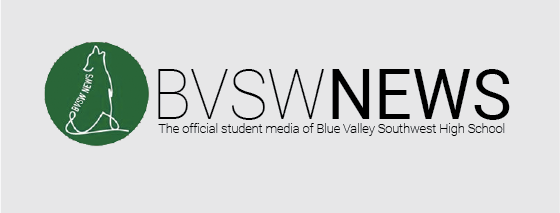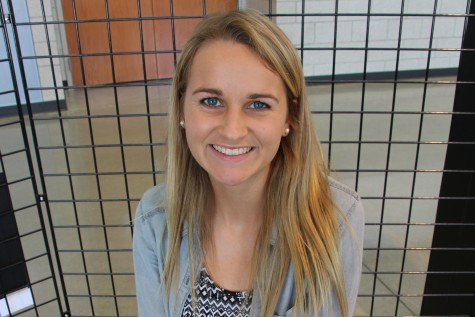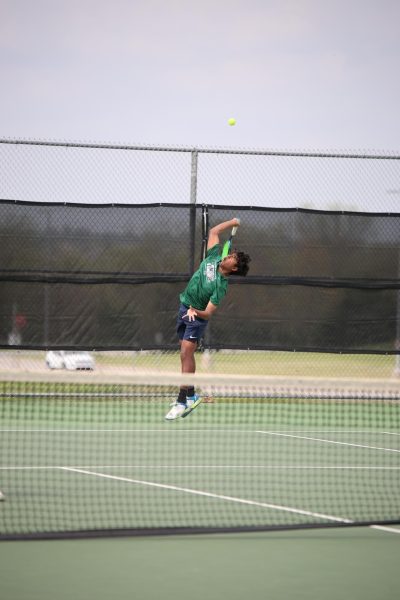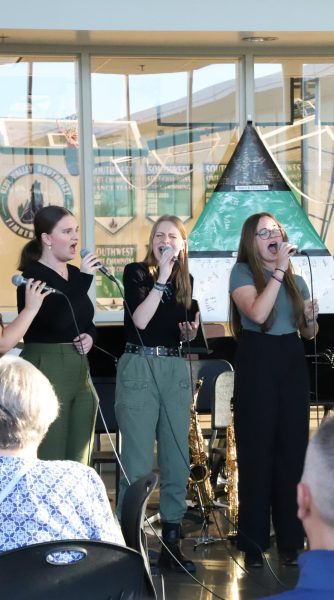Students should value education of world religions
Out of the corner of her eye, senior Nicole Dudley noticed her friend repeatedly clicking his phone on and off while she was at the dinner table with him. Dudley had assumed that he was just checking messages until she found out that he was actually continuously checking the time because he was actively observing Ramadan, the Islamic holy month. He was counting down the seven minutes he had to wait until sunset before he could eat along with everyone else.
“I didn’t know that the Islam religion wants its followers to fast during Ramadan,” Dudley said. “The United States is becoming more culturally diverse. I have many friends of different religions, and understanding each individual’s religion is an important part of respecting who he or she is.”
Religion is embedded in culture, which makes it difficult for a person to truly understand one’s culture without a background in a person’s religion. The United States contains a vast range of cultures, and the population of minority religion groups is slightly growing. According to a study by Pew Research Center published in May 2015, the percent of the population affiliated with a religion other than Christianity has risen 1.2 percent from 2007 to 2014, and the percent of the population with no affiliation has risen 6.7 percent. Meanwhile, the percent of the population that is affiliated with Christianity has decreased by 7.8 percent.
With diversity growing, it’s likely the students will be exposed to a variety of religions as they continue into the workplace and as they attend high school daily, so diversity shouldn’t be masked.
“I think that [culture] just goes along with understanding who a person is and religion is a big part of that,” Dudley said. “It’s the nature of what religion is. Religion, for a lot of people, is a lifestyle.”
Religious ignorance often leads to misunderstanding of the people who believe and practice that religion, and misunderstandings have a tendency to become attached to stereotypes. Although people may consciously try to avoid stereotyping others, people are subject to an unconscious bias of social groups, according to Psychology Today.
“The first thing you need to understand is that we all, as human beings, want to categorize things — that’s the way our brains work,” psychology teacher David Apel said. “So the first thing is being aware that you have a tendency to want to categorize people, as well as things in the world, and you have to work to try to overcome that natural tendency that we all have.”
Senior Osama Azam identifies with Islam, and after visiting his country of origin, Pakistan, he realized that misjudgments exist everywhere. In Pakistan, he found that people often acted hesitantly toward white Americans who were visiting, but natives had more ease.
“I think even after 9/11 and everything, it goes back to the same thing: everybody has misconceptions about religion and [his or her] views,” Azam said. “People in the Middle East have a different conception of what’s going on here, and that’s exactly what was with Osama Bin Laden and Al Qaeda. They had a misconception on what was going on here, and so they felt like as if it was their job to kill people. And what’s interesting is that if they actually paid more attention to the Quran, the killing of one person in our religion is as if you killed all of humanity.”
Misconceptions, however, can be avoided, and that begins with education. Becoming educated on the world religions would allow students to understand how people live and why they choose to live a certain lifestyle.
The newly-established AP human geography class briefly explores the five world religions during the course’s culture unit. The class spends about one to two weeks studying the world religions and their correlation with the cultures of different groups, which corresponds perfectly with the course’s objectives.
However, world religions is an entire subject by itself, and a semester-long study would allow students to gain a wider understanding of the religions and help them apply it to society today. Southwest should offer a course solely dedicated to the study of the five world religions, which would unbiasedly cover Christianity, Judaism, Islam, Hinduism and Buddhism and other subgroups.
“A lot of the students in my class are Christians and we’re going to be learning about Islam and Hinduism and [other religions],” AP human geography teacher Laura Williamson said. “It’s very fundamentally different from what they’re used to, so it’s going to challenge them, I think, a lot and it might be good. It might make them more secure in their own faith and maybe that will be good for them.”
Nonetheless, questions of violating a citizen’s first amendment rights arise as the discussion of religion begins in public schools. The Establishment Clause requires that the government or government services don’t advocate for a specific religion, but that does not prohibit the teaching of religions as long as the instruction remains neutral. It is constitutional to teach religion in school, but instruction does need to be treated with care.
In order for a religion class to have success in school, students would need to exhibit maturity and sensitivity toward different ideas and cultures. Likewise, the teacher would have to remain unbiased and allow students to discover their own interpretations.
“If you truly want to learn about religion, I would not go to a person of that religion to learn about it,” Azam said. “Even though I would think that I might have the most knowledge about it, I wouldn’t recommend someone to come up to me and ask for my view on my religion. Not because I don’t think I’m credible enough to tell you that information, just because I think you’re going to gain a lot more from the text.”
Students need to become educated on religion as they continue into their future, whether that’s through an established religion class at Southwest or by taking it upon themselves to learn about it. Education would assist in diminishing stereotypes and understanding other cultures, which is critical as students go out to live in a growing diversified world.
“[Religion and culture] play into each other a lot,” Williamson said. “[People’s] religion becomes part of their life and part of their culture when they leave the church or the Mosque [or] wherever they’re at. Those beliefs still stay with them and become a part of that system that they live in every day, so it’s definitely very important to study when you’re studying culture because you can’t really separate the two out. They’re not two separate entities entirely — there’s that Venn diagram, and there’s that crossover section in the middle where culture and religion are the same.”


















